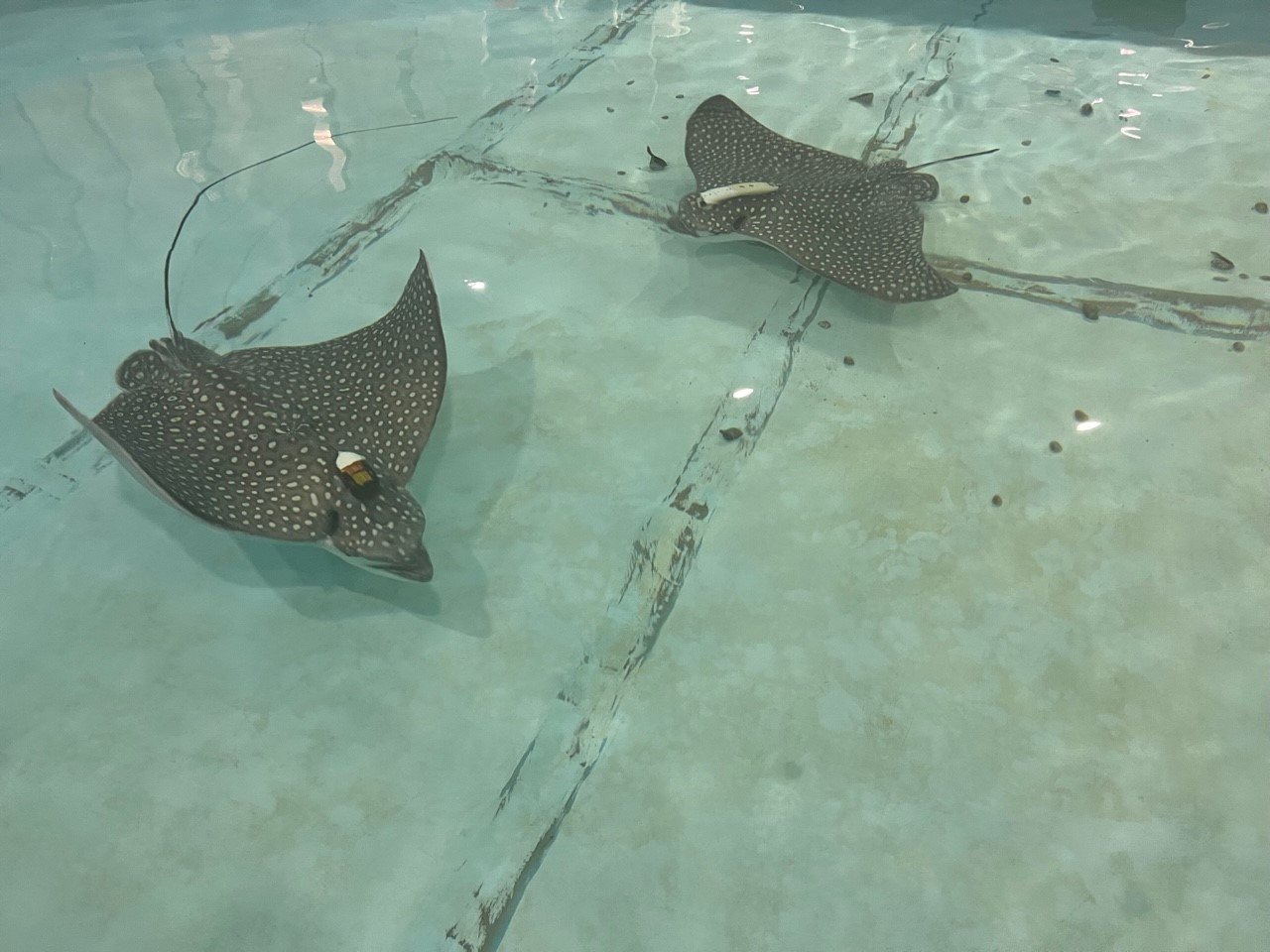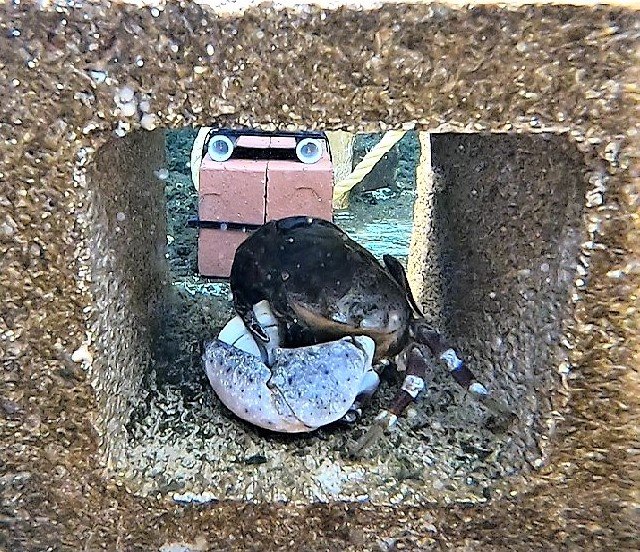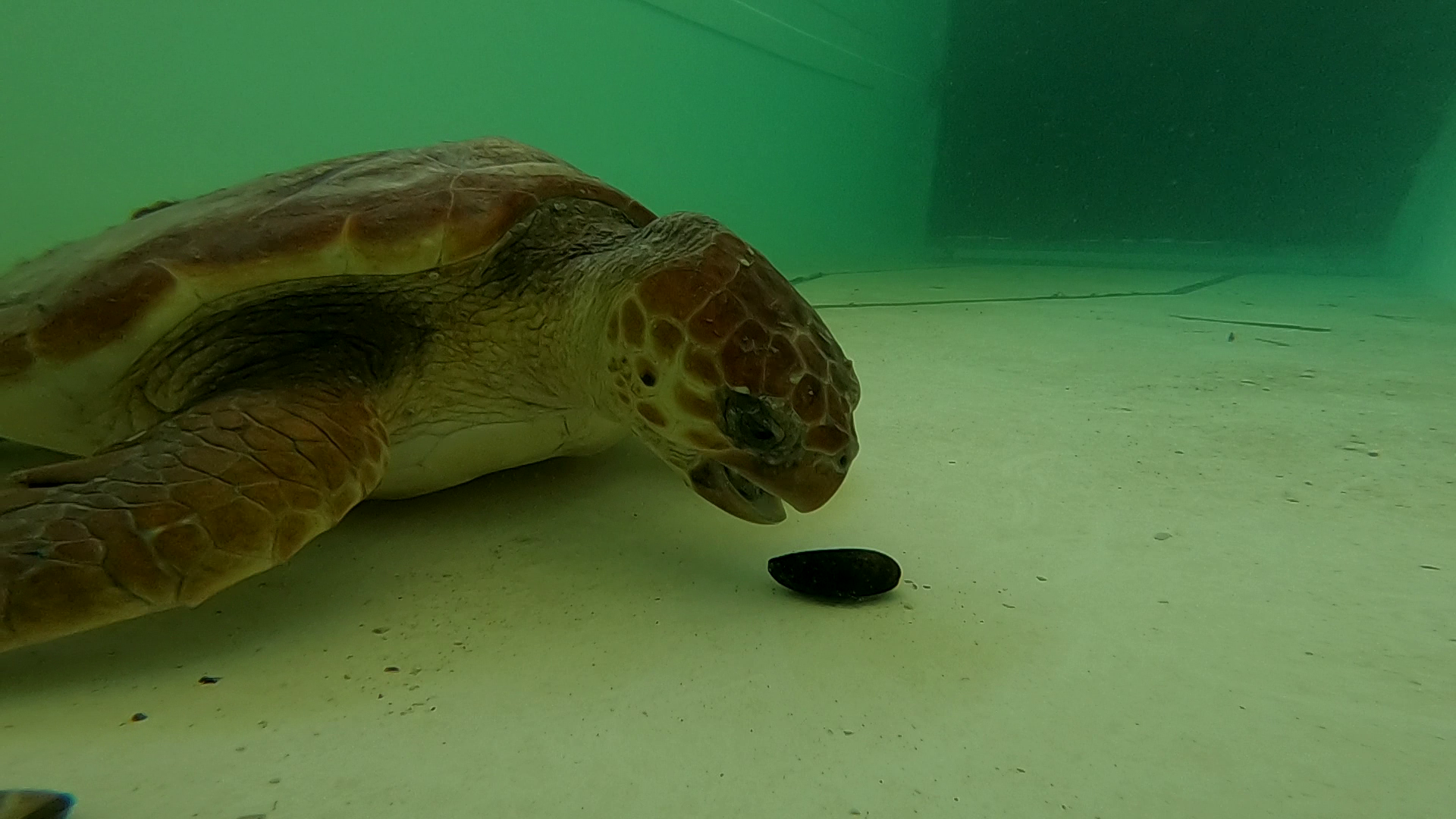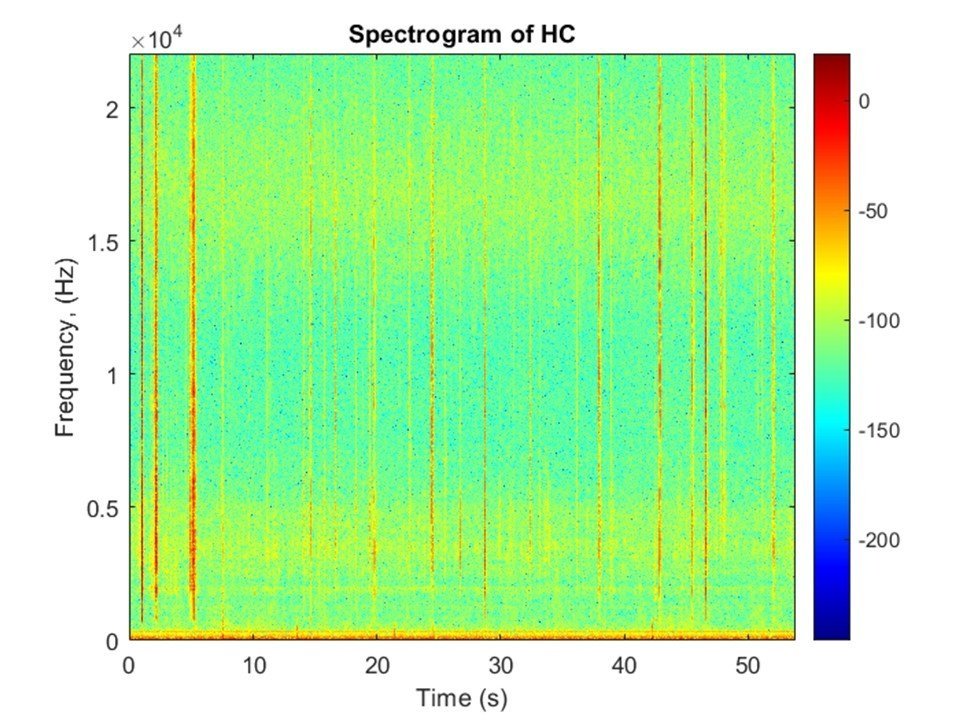Breaking ground with underwater sound
Our scientific understanding of the ecological role of large mobile durophages (i.e., shell-crushing predators) is limited due to challenges presented by the elusive nature of these species. These shortcomings hinder our scientific understanding of their role in benthic community dynamics. Filling such knowledge gaps requires novel approaches that can detect and classify predator-prey interactions in situ. Using multiple large predator models (rays, sea turtles, fish, and crabs), we are: 1) capturing and characterizing predator feeding (shell-crushing) sounds and shell fragmentation patterns, 2) understanding in situ detection constraints of the predation signal within the context of natural underwater noise using simulations, and 3) quantifying the distribution of predator foraging impacts across two model seascapes in Bermuda and Florida via integration of habitat- and individual-based (animal tags) passive acoustics.
Collaborators: T.A. Mooney (WHOI), K. Bassos-Hull (Mote Marine Lab), G. Herbert (USF)
Funding: National Science Foundation (CAREER program), Harbor Branch Oceanographic Institute Foundation.





